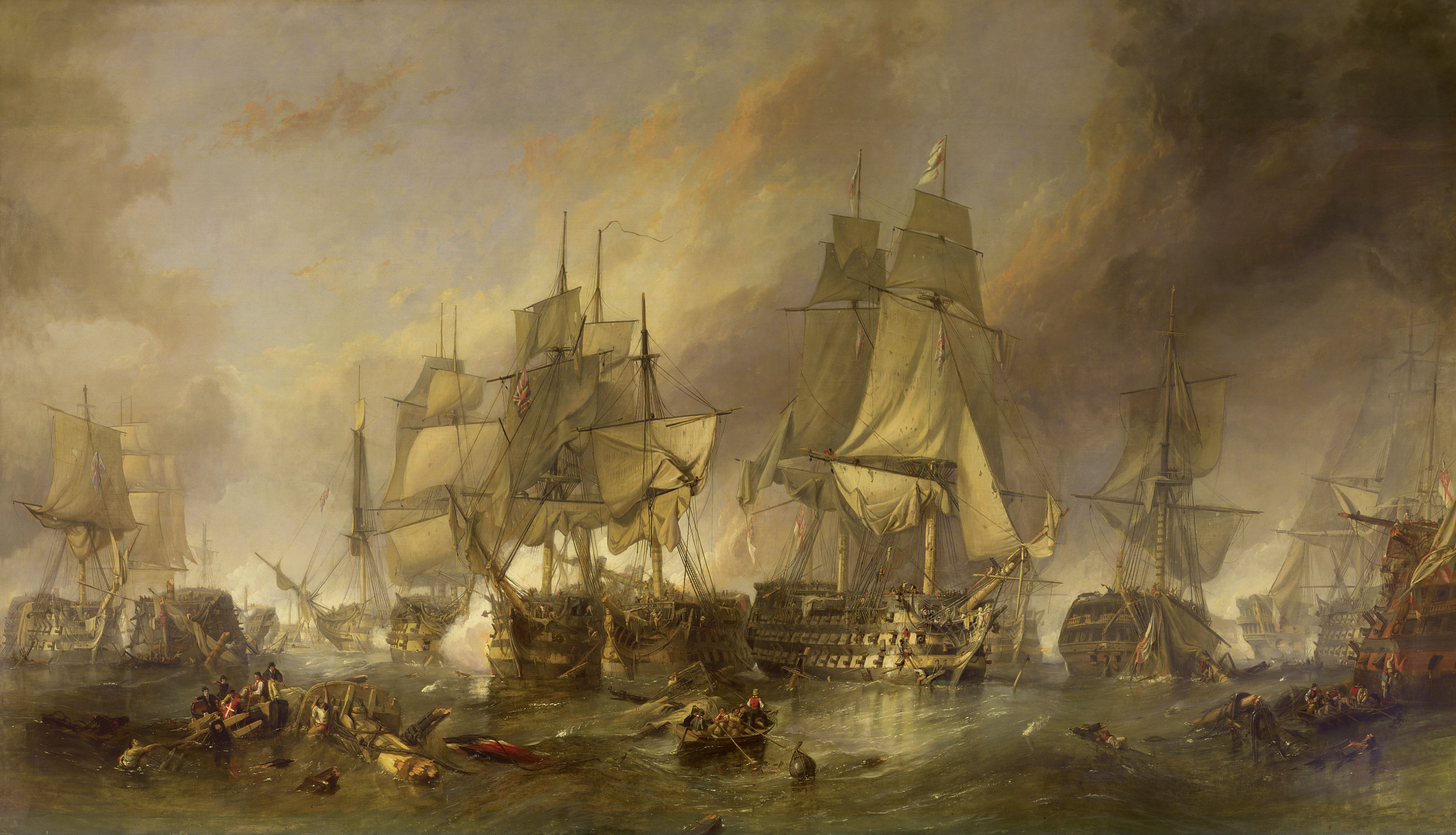We’ve all been there. There is a new project coming down the pipe and it’s time for you, as the leader, to set your team up for success. You know the guidance you provide them will determine the ultimate outcome of the project. So, like any good leader, you want to cover all the bases.
Then, the next thing you know, your paragraph has turned into a couple of pages. Then, out of nowhere, it has morphed into a manual. And now you have a massive document with very restrictive metrics, and step by step instruction on how to meet them.
This process has sapped your energy. You have been stressed to the max for no good reason.
Not only that, it has killed all of the creativity from your team because what they see is a very clearly defined and micro-managed task list. They don’t feel comfortable deviating because, well, you covered all the bases so you obviously want it done a particular way. That uncomfortably creates stress and anxiety in your team as well.
Everybody is a big ball of stress for no good reason! The project can succeed but it will never be all it could be.
It doesn’t have to be this way
Now, work with me here. Imagine a world where all you had to do was define what success looks like and let your team run. That’s it!
That requires an immense amount of trust in your team and it requires a deliberate approach to building your team but that effort is worth it. It requires building a culture where everyone owns the project. Everyone is invested in the final outcome. And, everyone wants to not just succeed but exceed expectations.
You can breathe, your team can breathe, and your team’s creativity can breathe. That means increases success in the final product.
It’s not a fairy tale
This world can, should, and does exist. And, of all places, it thrives in the military. Don’t believe me? Well, believe Gen. Patton.
Never tell people how to do things. Tell them what to do and they will surprise you with their ingenuity.
Gen. George Patton
But, it didn’t start with him. History records the power of simplicity in the Battle of Trafalgar.
The Battle fo Trafalgar

On Oct. 21st the British fleet faced off with the Spanish and French fleets near Cape Trafalgar. The British fleet was led by Lord Admiral Nelson, the French fleet led by Admiral Villeneuve, and the Spanish fleet by Admiral’s d’Aliva and Cisternas.
Lord Admiral Nelson was outgunned, outmanned, and out shipped. By the conventional warfighting tactics of the time, he was destined to lose.
You see, naval warfighting at the time was very rigid and no movements were made without flag orders from the command vessel. It was online, head to head, gun for gunfighting.
Lord Admiral Nelson had a novel idea. He was going to let his Captians captain their ships. He called a war council and gave them this guidance.
No captain can do very wrong if he places his ship alongside that of the enemy.
Lord Admiral Nelson
That was it. Nice, easy, simple instructions. This took the stress off of him, the stress off of his Captains, and allowed them to put their experience, knowledge, and skills to use in order to “place his ship alongside that of the enemy.
The outcome? The British Fleet won handily. And they won despite the fact Lord Admiral Nelson was wounded, shot through the spine, a few minutes into the battle and his leadership, other than the guidance he’d already given, was lost.
Simplify the instructions and relieve the stress to let your team thrive
All you have to do is give your team simple guidance, with a clearly defined image of what success looks like and then let your team run. That’s it. Don’t overcomplicate simple!
If you have put together a great team the results will amaze you and the level of success will be much higher than you ever imagined.


